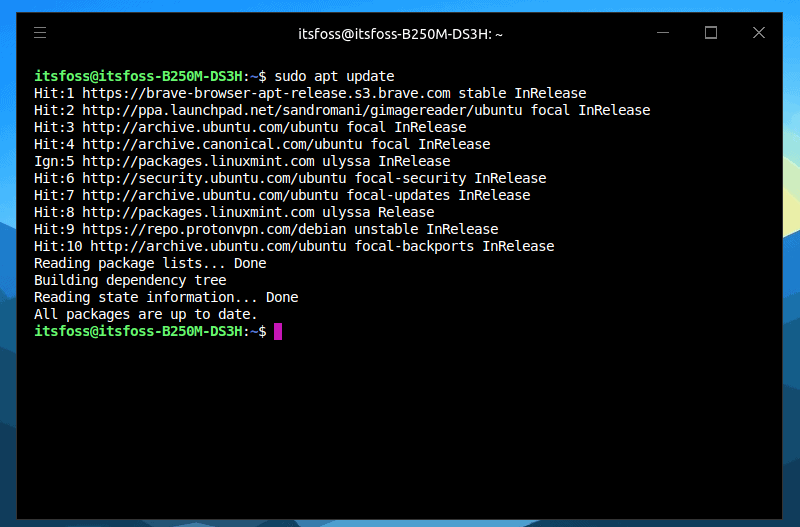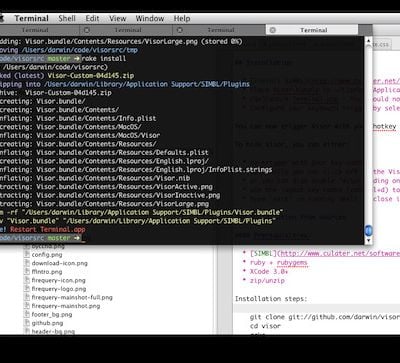

Conversely, when the low-rate service like Web browsing occupies a major proportion in the network, even if the band load exceeds the threshold, the overall QoE of the network maybe maintained in a good state.

While, in a high-rate data service environment, even the band load does not exceed the fixed threshold, the overall QoE of users may be poor, because high-rate data services like video and large file downloading consume more network resources. However, there are some shortcomings in band steering: Firstly, the band-steering technology determines whether a new user is allowed to join the network by comparing the band load with a fixed load threshold. By steering some client devices to the less frequently used 5 GHz frequency band, data communication over the wireless portion of the network may become more efficient. In order to release the load of the 2.4 GHz band, a technique called band steering is widely used by several network service providers. However, when too many dual-band client devices connected to the 2.4 GHz band, the efficiency of communication between the wireless access point and the client devices is diminished, which leads to the channel being congested and the QoE decreased. As a result, a client device that is capable of working on both frequency bands will typically prefer to connect to the APs on the 2.4 GHz band. The method for Wi-Fi access point selection for most mobile devices is simple: most of the devices tend to leverage RSSI to connect to the Wi-Fi network with the strongest signal strength. The necessity of selecting an optimal access point is likely to become once again a striking issue. The increasing demand on wireless data communication requires effective approach that utilizes limited resource to achieve higher QoE. Quality of Experience (QoE) is defined as the overall acceptability of an application or service perceived subjectively by the end users. With the widespread deployment of access point (AP), explosive mobile application data traffic is offloaded from cellular base stations to Wi-Fi networks.

As the increasement of the sensing data, it is necessary to reduce the cost of sensing data transformation from mobile devices to the MCS platform in the core of the network. Mobile crowd sensing (MCS) is a kind of data collection approach which leverages the recent surge of sensor-equipped smart mobile devices (e.g., smart phones, wearable devices, and tablets) to collect data. Additionally, it enables the better QoE balance in dual bands. The experimental results show that the proposed framework can improve the QoE both before and after the terminal accesses the network. Secondly, to meet the basic QoE requirement of each user, the framework preferentially switches the terminals with poor QoE to the idle band after users join the network. Firstly, to ensure the overall QoE of network and balancing the QoE between 2.4 GHz and 5 GHz bands, the framework dynamically adjusts the load threshold of the frequency band based on QoE information during the association of a terminal. In this paper, a secure QoE-oriented wireless network optimization framework is proposed to improve the QoE of users in dual-band network.

Besides, when the band (such as 2.4 GHz) resources cannot meet the terminal requirement, the terminal cannot autonomously switch to another band (such as 5 GHz), and this may result in a very poor QoE of users. Moreover, if the threshold is configured too high, it may result in QoE imbalance in dual bands. However, the fixed threshold configuration strategy in band steering technology makes it easy to be exploited by setting up a great number of connection requirements in a short time, which may prevent a normal connection requirement of a user, making it difficult to satisfy the dynamic resource requirements of different services. To ease the load of 2.4 GHz band, the band-steering technology has been widely used by equipment manufacturers. The congestion of the 2.4 GHz band in dual-band wireless area network makes the lower quality of experience (QoE) of users. With the widespread deployment of access point (AP), explosive data traffic of the mobile devices is offloaded from cellular base stations to Wi-Fi networks. In mobile crowd-sensing (MCS) network, it is necessary to reduce the cost of sensing data transformation from mobile devices to the MCS platform in the core of the network.


 0 kommentar(er)
0 kommentar(er)
